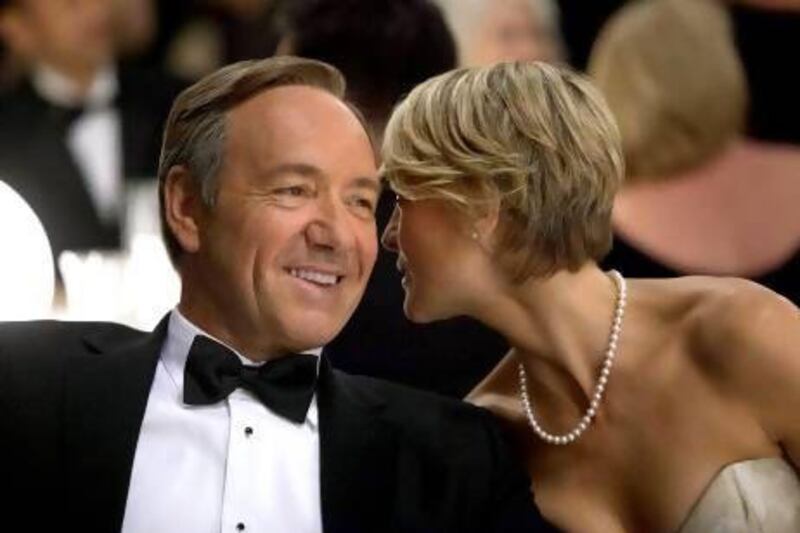The early days of internet TV were more exciting for creators than they were for viewers. Funny or Die, a web portal for original comedy clips launched by Will Ferrell's production company, and The Guild, a nerdy sitcom about gamers, written by its creator and star Felicia Day, both began in 2007. They showed underworked actors and writers that you didn't need a lot of money or industry connections to get, become part of a zeitgesty new series: you just needed an idea, a few buddies and a lot of free time.
It’s not that these shows weren’t great; it’s that the supporting technology wasn’t there yet. Viewers were watching on computers and their attention spans were short: Facebook and Twitter were just a click away. Shows were typically divided into chunks of less than five minutes, which could be sneakily consumed between office chores.
A lot has changed since then. We’re watching video content on smartphones, tablets and home entertainment systems hooked up to laptops. Apple’s iTV, which will hopefully come out in the next year, will make it so easy to watch internet-only shows on something that looks like an ordinary television that it will become completely irrelevant whether we’re getting our favourite programmes through satellites or broadband.
Plenty of companies are poised to cash in on this change. The streaming site Netflix signed up an extra three million subscribers in the first quarter of 2013, thanks mostly to its exclusive airing of the Kevin Spacey series House of Cards. It now has more viewers than HBO and is hoping to repeat the trick when it puts all 15 episodes of the long-awaited fourth series of Arrested Development up on the site this month.
Meanwhile, BBC’s iPlayer has commissioned a -series of web -only dramas; Amazon is making 11 -pilots for its Amazon Instant Video service (including Onion News Empire, a newsroom dramedy that looks fantastic), and YouTube is pouring hundreds of millions of dollars into its original-content channels. These include Wigs, a female-orientated drama with lead actresses including Julia Stiles, America Ferrera and Jennifer Beals, and Jash, Sarah Silverman and Michael Cera’s comedy channel, which launched in March.
Comedy still works well in short, sharp bursts – one three-minute episode of Zach Galifianakis's deadpan, awkward talk show Between Two Ferns on Funny or Die has been watched more than 12 million times – but it's awkward to watch plot-driven dramas such as H+ and Electric City in such bite-sized pieces. In the future, we'll think less about "web TV" than about "TV we happen to watch through the web".
Follow us
[ @LifeNationalUAE ]
And follow us on Facebook for discussions, entertainment, reviews, wellness and news.





